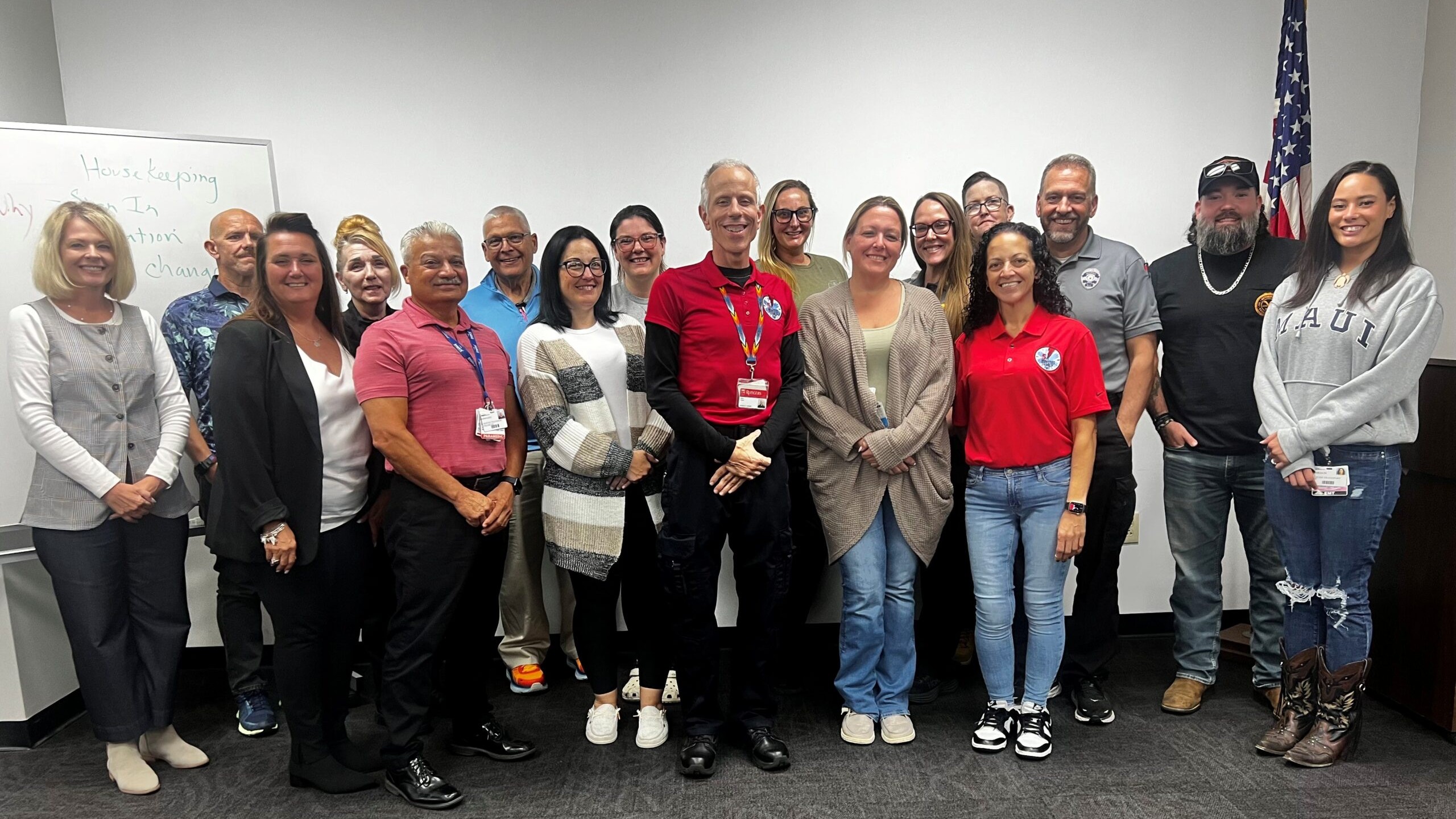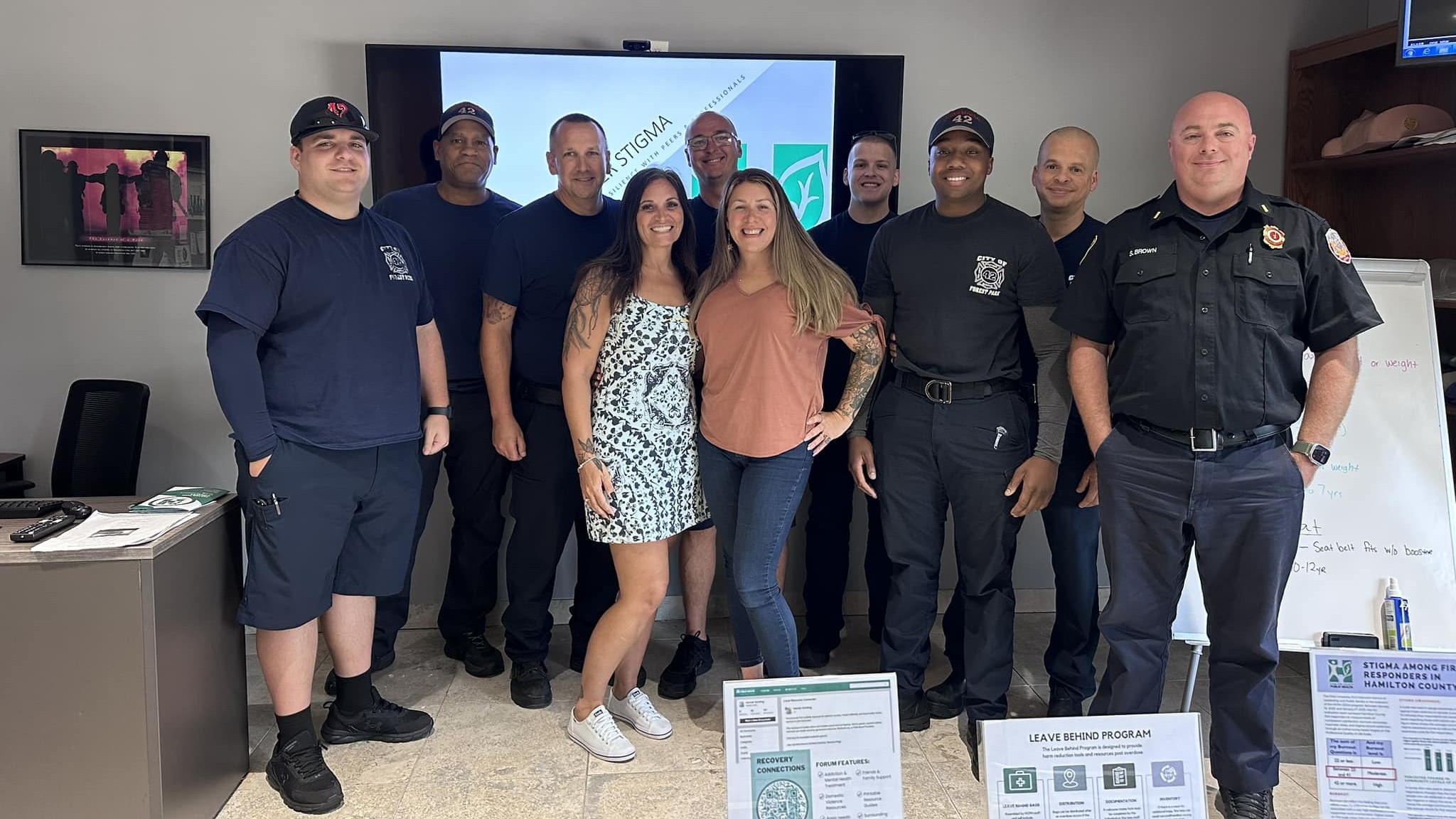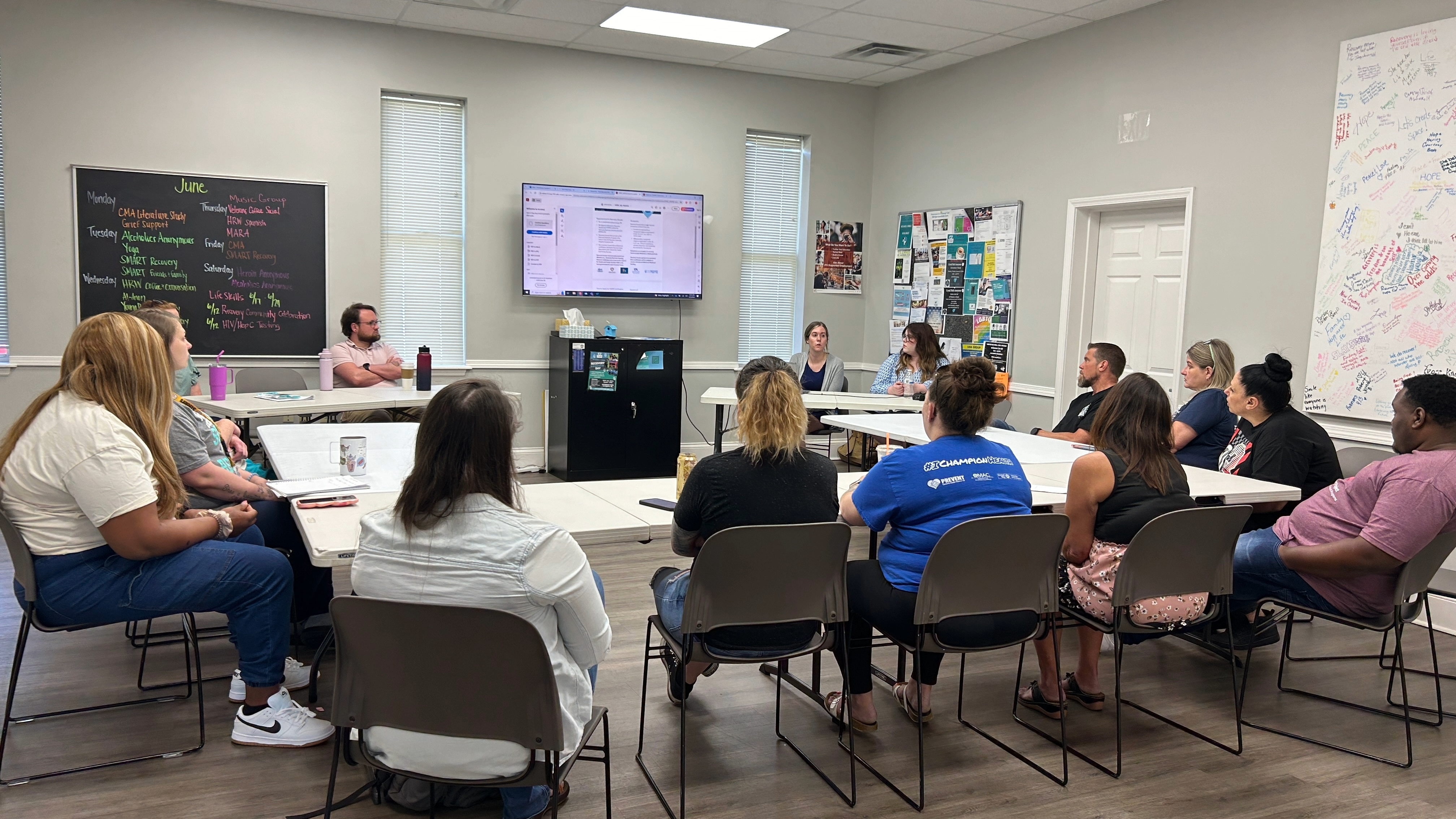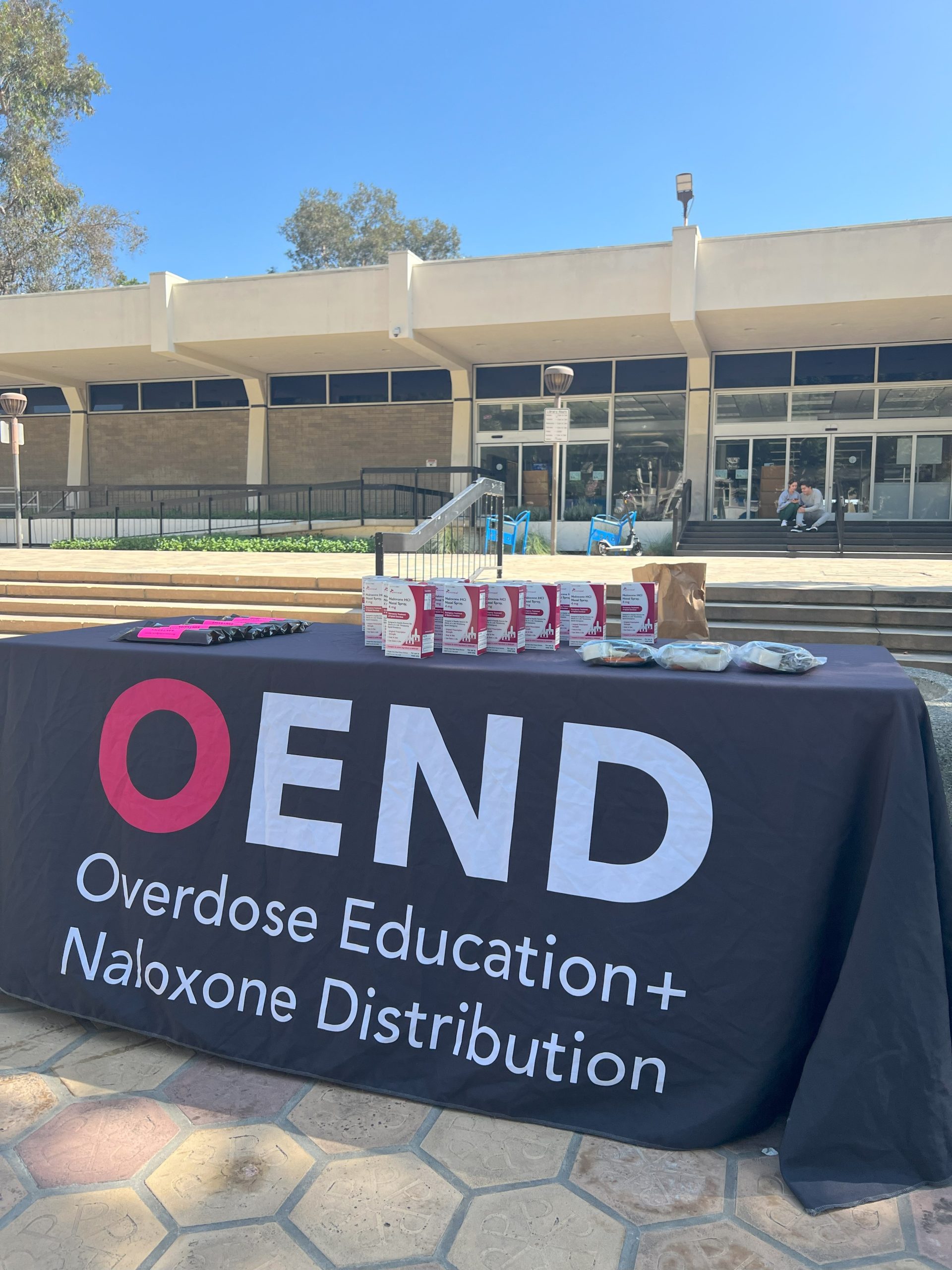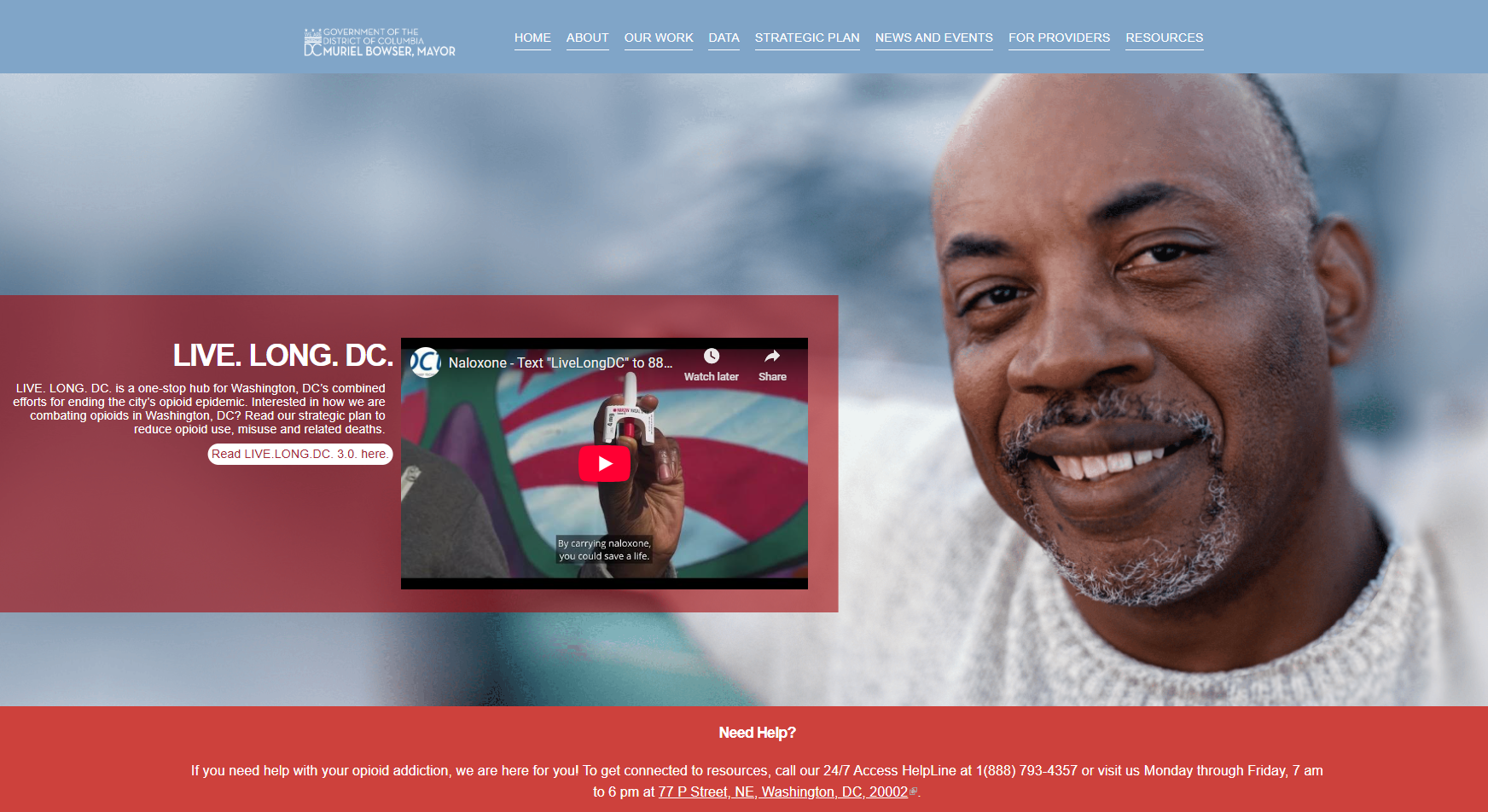About
- Funding state, territorial, county, and city health departments is an essential part of CDC’s overdose prevention work.
- CDC-funded programs have led to improvements in building state and local capacity to prevent drug overdose and related harms.
- Health departments that receive Overdose Data to Action (OD2A) funding report many significant achievements.
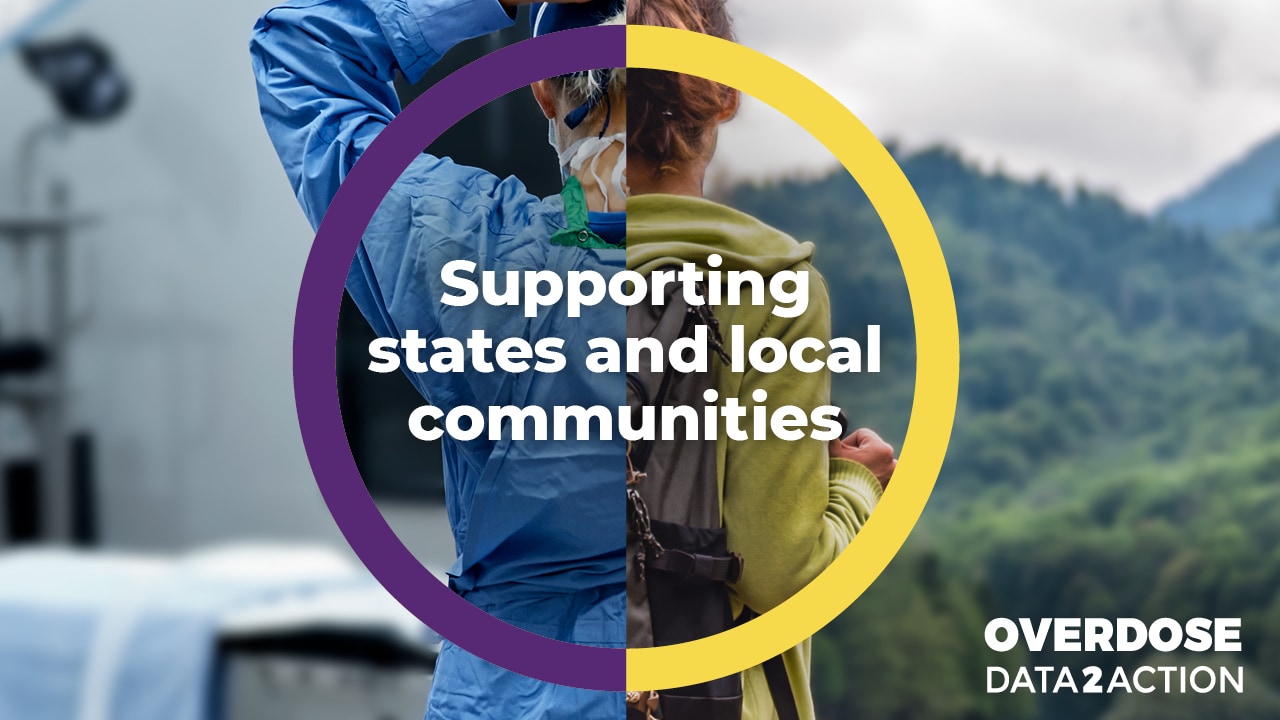
OD2A stories
Five Minutes to Help empowers first responders to address the overdose crisis and change lives.
Hamilton County Public Health is laying the groundwork for compassionate overdose response in Ohio.
Collaborative, evidence-based, non-stigmatizing care keeps families together in Maricopa County.
FindHelpNow is a near-real-time substance use disorder treatment locator and information hub.
Los Angeles County is increasing access to lifesaving naloxone near courthouses.
The District of Columbia's surveillance strategies drive local action to save lives.
Content Source:
National Center for Injury Prevention and Control

